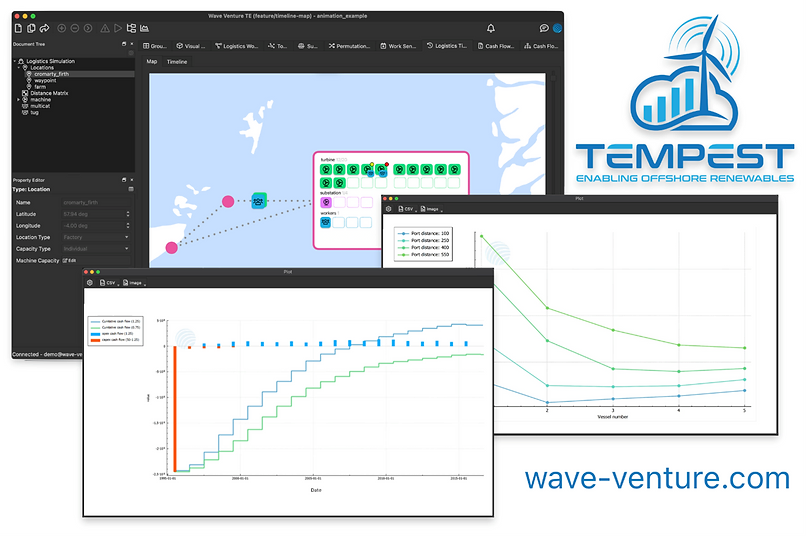The growing interest in floating offshore wind in Ireland represents a pivotal advancement in the country’s renewable energy strategy. As Ireland aims to develop 37 gigawatts of offshore wind capacity by 2050, with an estimated 25 to 30 gigawatts potentially coming from floating wind, the sector is set to play a crucial role in the nation’s energy mix. However, this ambition comes with its share of challenges, particularly in areas like infrastructure, grid connectivity, and marine operations.
A recent project funded by the Sustainable Energy Authority of Ireland (SEAI) aims to De-risk Ireland’s Floating Offshore Wind Targets (DIFOWT). The project outlines critical steps needed to ensure the successful deployment of floating offshore wind technology in Ireland, highlighting opportunities for developing technologies and best practices that can be applied across the industry.
A precursor project funded by SEAI assessed the Support Infrastructure for Marine Renewables in Ireland (SIMREI) and identified the lack of suitable port infrastructure in Ireland. The assembly and deployment of large floating wind turbines require specialized port facilities, which are currently limited. Additionally, the need for near-shore wet storage locations—areas where floating foundations and assembled turbines can be temporarily held during construction and assembly phases—was emphasized as essential for maintaining efficient operations. Without these facilities, project timelines can be significantly extended, leading to increased costs and delays.
Technology innovation plays a crucial role in addressing the challenges faced by both fixed and floating offshore wind in Ireland and globally. Mooring technologies, such as the C-Dart quick-connector, can improve operational efficiency by enabling marine operations in challenging wave conditions. The Offshore Charging System, developed by MJR Power and Electronics, enables the decarbonization of marine vessels used in offshore-wind operations. As the floating offshore-wind industry continues to evolve, studies like SIMREI and DIFOWT serve as valuable resources for developers, engineers, and policymakers, helping to identify the technologies and business solutions that will enhance operational efficiency and environmental sustainability in offshore wind projects.
At Blackfish Engineering, as the Innovators’ Engineer, we are dedicated to advancing technologies that drive the success of ocean renewable energy projects worldwide.












